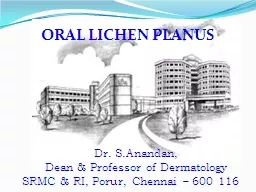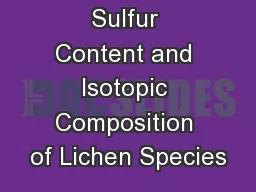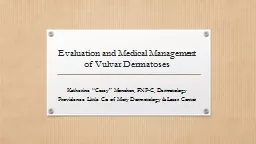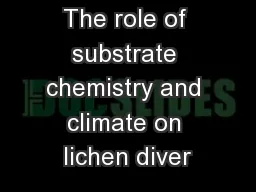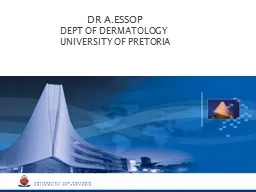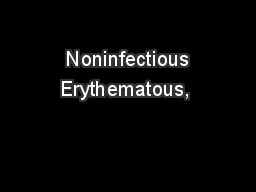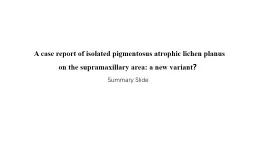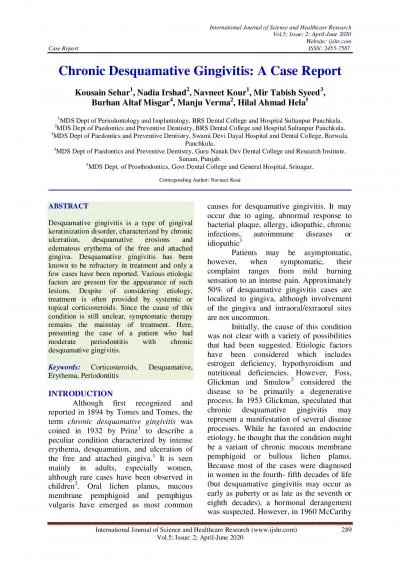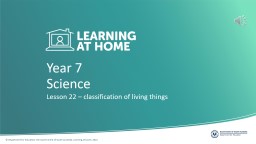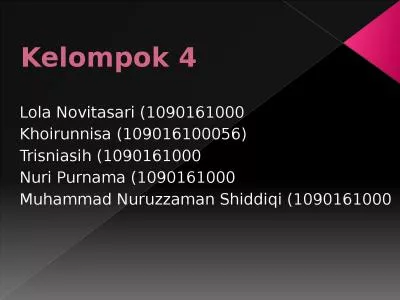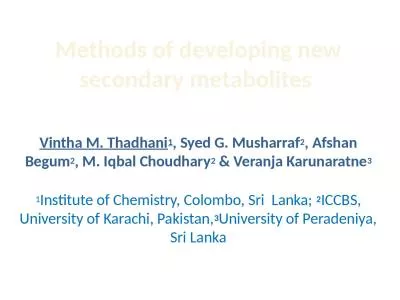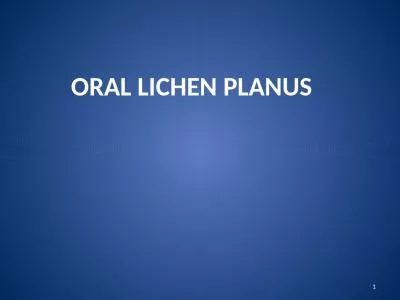PPT-ORAL LICHEN PLANUS
Author : alexa-scheidler | Published Date : 2017-08-14
Dr SAnandan Dean amp Professor of Dermatology SRMC amp RI Porur Chennai 600 116 OBJECTIVES Introduction Pathogenesis Heat shock protein in OLP Types of OLP
Presentation Embed Code
Download Presentation
Download Presentation The PPT/PDF document "ORAL LICHEN PLANUS" is the property of its rightful owner. Permission is granted to download and print the materials on this website for personal, non-commercial use only, and to display it on your personal computer provided you do not modify the materials and that you retain all copyright notices contained in the materials. By downloading content from our website, you accept the terms of this agreement.
ORAL LICHEN PLANUS: Transcript
Download Rules Of Document
"ORAL LICHEN PLANUS"The content belongs to its owner. You may download and print it for personal use, without modification, and keep all copyright notices. By downloading, you agree to these terms.
Related Documents

